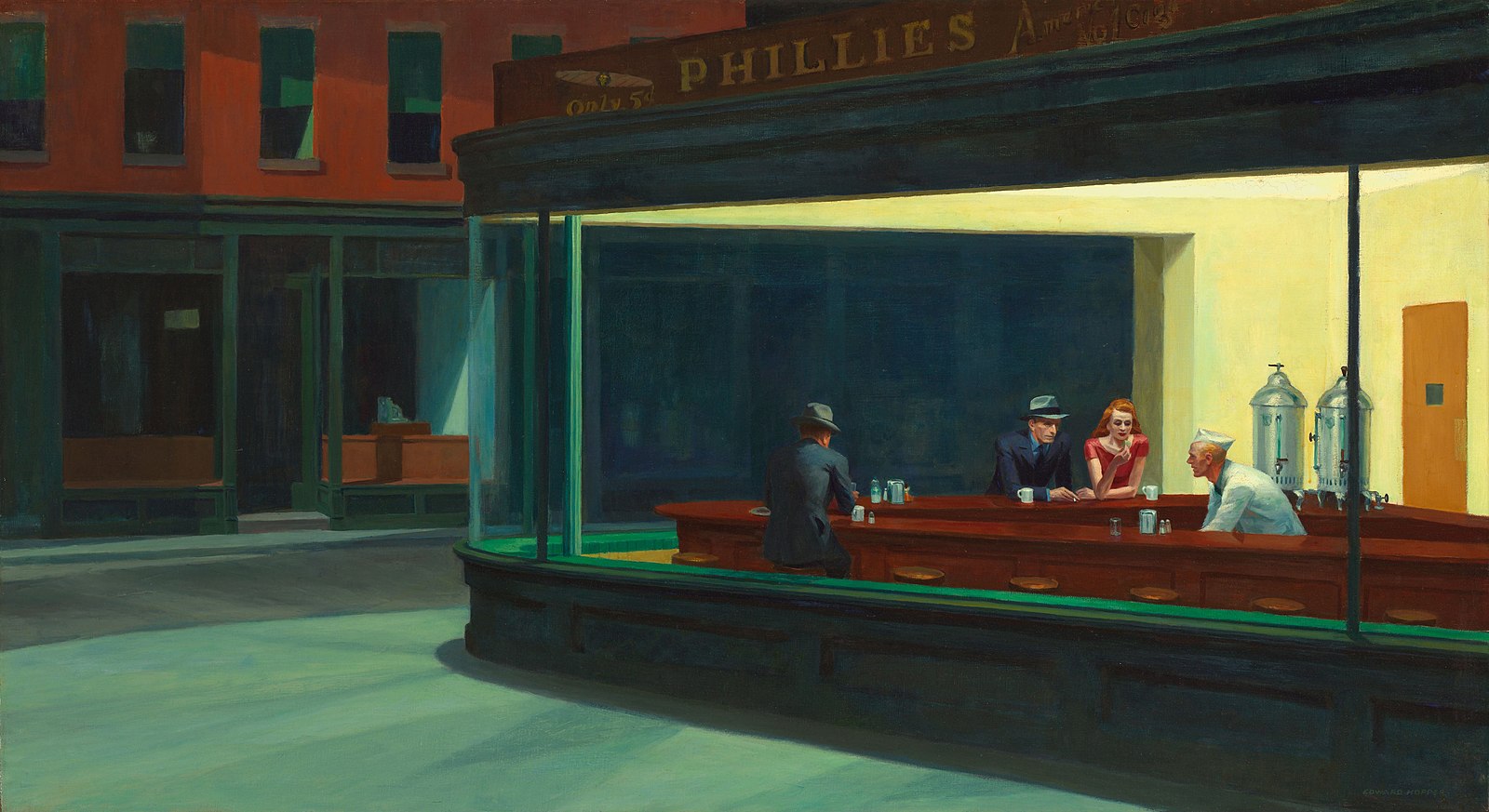Too Many Names
2020 - Painting (Painting)
152.4 x 182.88 cm
Troy Chew
Too Many Names by Troy Chew is a patchwork of contemporary Black culture and resistance, including hand-sewn symbols and patterns found in the coats of arms of the kings of the Dahomey region (now Benin) that ruled from 1600-1900. This painting is part of the series Out the Mud, a longterm project in which the artist explores African American history through the lens of traditional mudcloth techniques found in the West African countries involved in the Transatlantic-slave trade. The title of the series references the technique and materials for making mudcloth. The process is passed down generationally, and oftentimes, unique pattern meanings are known only to small communities of people. Certain elements of the painting are recognizable as memetic scenes of contemporary Black subjugation. The scenes in the top left and bottom right depict singular Black figures being held at gunpoint by uniformed figures. One image references Adam Brown, who was kicked from behind during his false arrest in Sacramento. The other illustrates the police shooting of Jacob Blake, who woke up paralyzed and handcuffed to his hospital bed. Chew’s intentional obliteration of the subjects’ faces speak to the reality that these men are interchangeable for countless more, including the artist himself. The brightly-colored, hand-sewn appliqués are totems of Abomey (Benin); they include arms, a lion, and a fish with sharp teeth. These patterns are rich in cultural significance, referring to historical battles, mythological concepts, or Malian proverbs. Historically, the most frequent use of mudcloth in the Dahomey region was in the transcription of a king’s allegorical identity (wild animals that represented strength or wisdom) and his conquests, battles, and weaponry.
Spanning painting, drawing, and sculpture, Troy Chew’s practice reflects on the legacy of the African diaspora through the lens of urban culture. His work often compares and contrasts historical African culture and traditions to contemporary Black culture through the depiction of black bodies, objects, oppressions, and uprisings. Methodically unpacking systems of coded language throughout the diaspora, Chew’s work makes proposals for how these modes of communication might be translated or mistranslated.
Colors:
Related works sharing similar palette
» see more

© » KADIST
Kudzanai-Violet Hwami
2019This painting is the direct result of the artist’s research into her roots...

© » KADIST
Aline Baiana
2016Indigenous educator and curator Sandra Benites, of the Guarani-Ñandeva people, narrates the origin myth of the bird Urutau in her native language...
Related works found in the same semantic group
» see more

© » KADIST
James Collins
2013These two large format untitled paintings by James Collins feature the artist’s hallmark technique, which transforms abstraction into an optical illusion that creates dimension, space, and mass...

© » KADIST
Chloé Quenum
2017The stained glass windows of Chloé Quenum’s Les Allégories evoke the sacred and describe the movement of a rooster in the form of patterns extracted from a wax fabric found in Benin...

© » KADIST
Melvin Moti
2015Cluster Illusion examines the brain’s tendency to recognize a pattern as something abstract...

© » KADIST
Vivek Vilasini
2014In his work Housing Dreams Walls , the houses photographed are from a closely-knit locale in Kerala – a significant and rapidly popular pattern in this part of the country...


